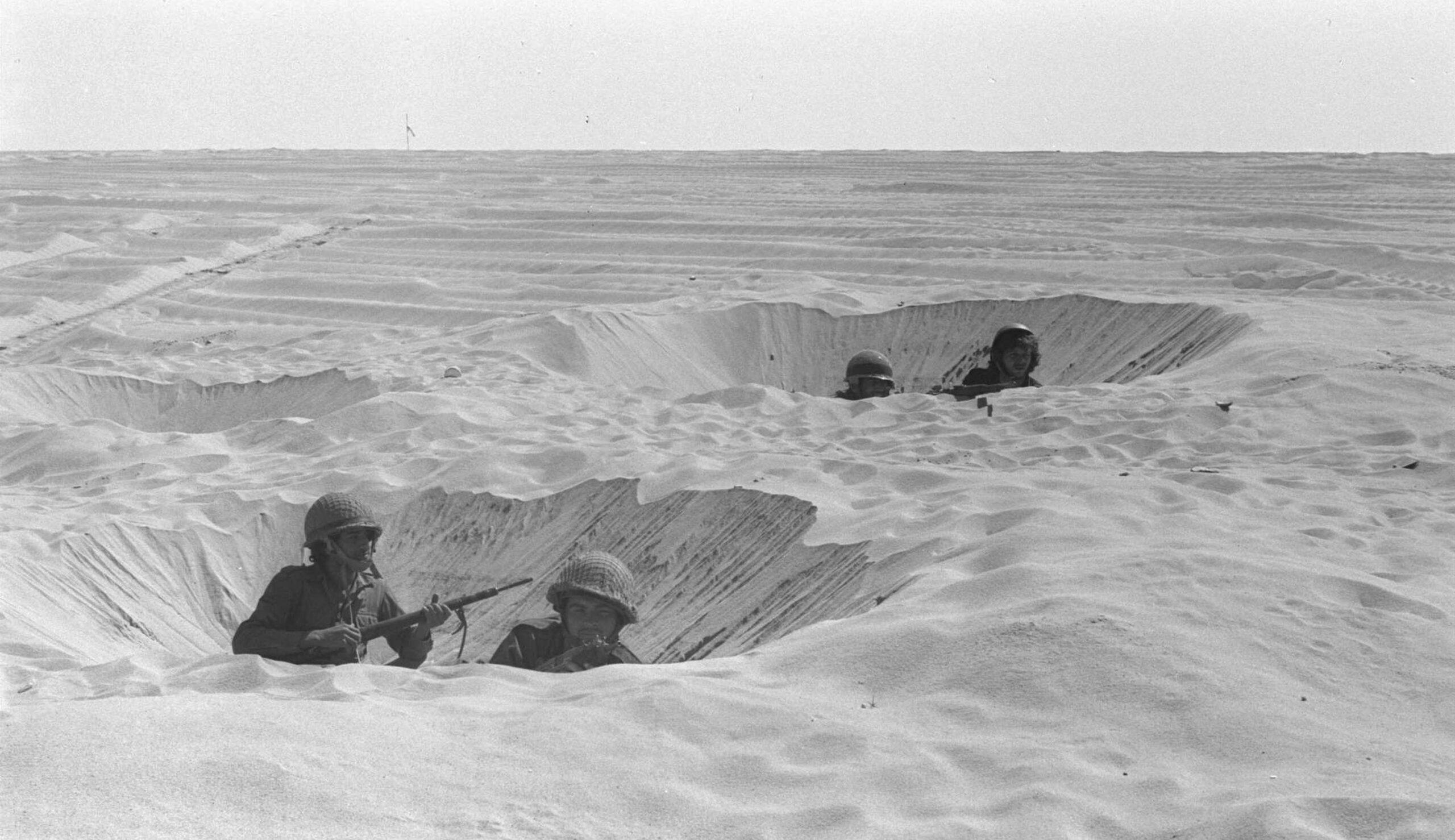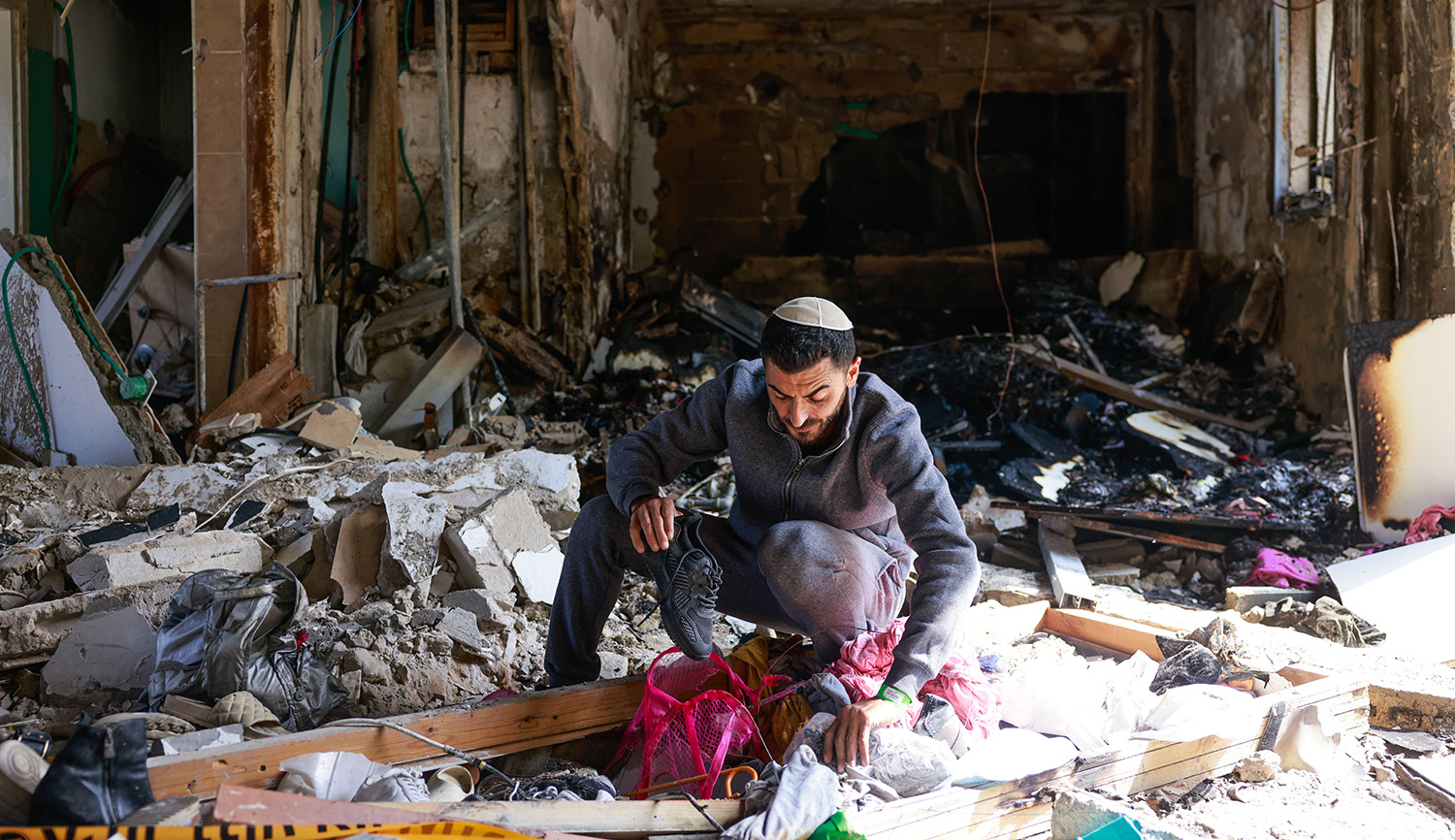Reviewing an ongoing exhibit of the paintings of Max Oppenheimer at the Leopold Museum in Vienna, Liam Hoare writes:
The nature of [Oppenheimer’s] life, which took him to Berlin, Prague, Geneva, and Zurich in search of work and forced him into exile in New York after the Nazi annexation of Austria in March 1938, led to his collection being scattered across continents. Because he was a Jewish artist and a modernist, his work was also branded “degenerate” by Nazi authorities, confiscated, and destroyed.
Born July 1, 1885 into an assimilated, middle-class Jewish family, the son of a journalist and music critic, Oppenheimer enrolled at Vienna’s Academy of Fine Arts in 1900 before continuing his studies at the Academy of Fine Arts in Prague, where he came under the influence of the liberal experimentalist Franz Thiele.
Oppenheimer’s early work from around 1910 was dedicated to portraiture. His representations of his subjects, most prominently the German writer Heinrich Mann, are like apparitions. They are lit with a kind of ethereal glow that seems to emanate from the subjects themselves. The lines of their suit jackets wiggle and wave, while their facial expressions and posture radiate ennui, a mood accentuated by the portraits’ dark backdrops. There is a deep seriousness, in particular artistic seriousness, to Oppenheimer’s portrait work.
More about: Austria, Austrian Jewry, Jewish art


